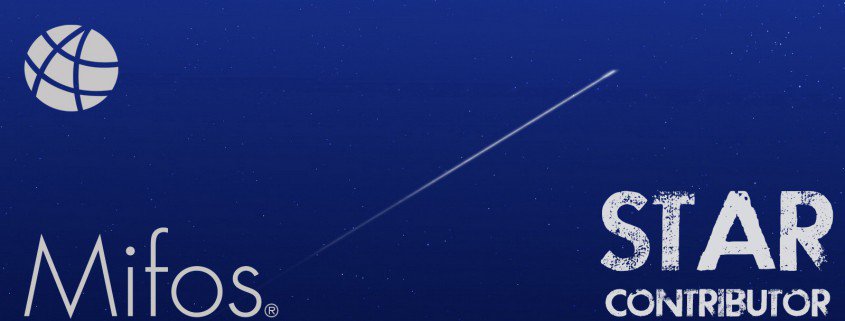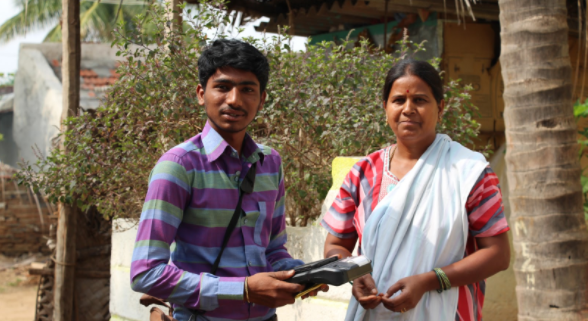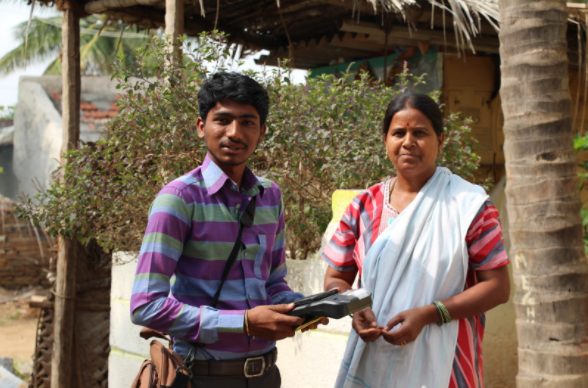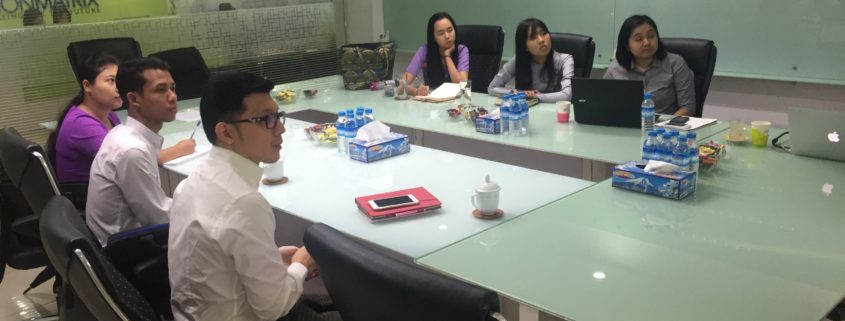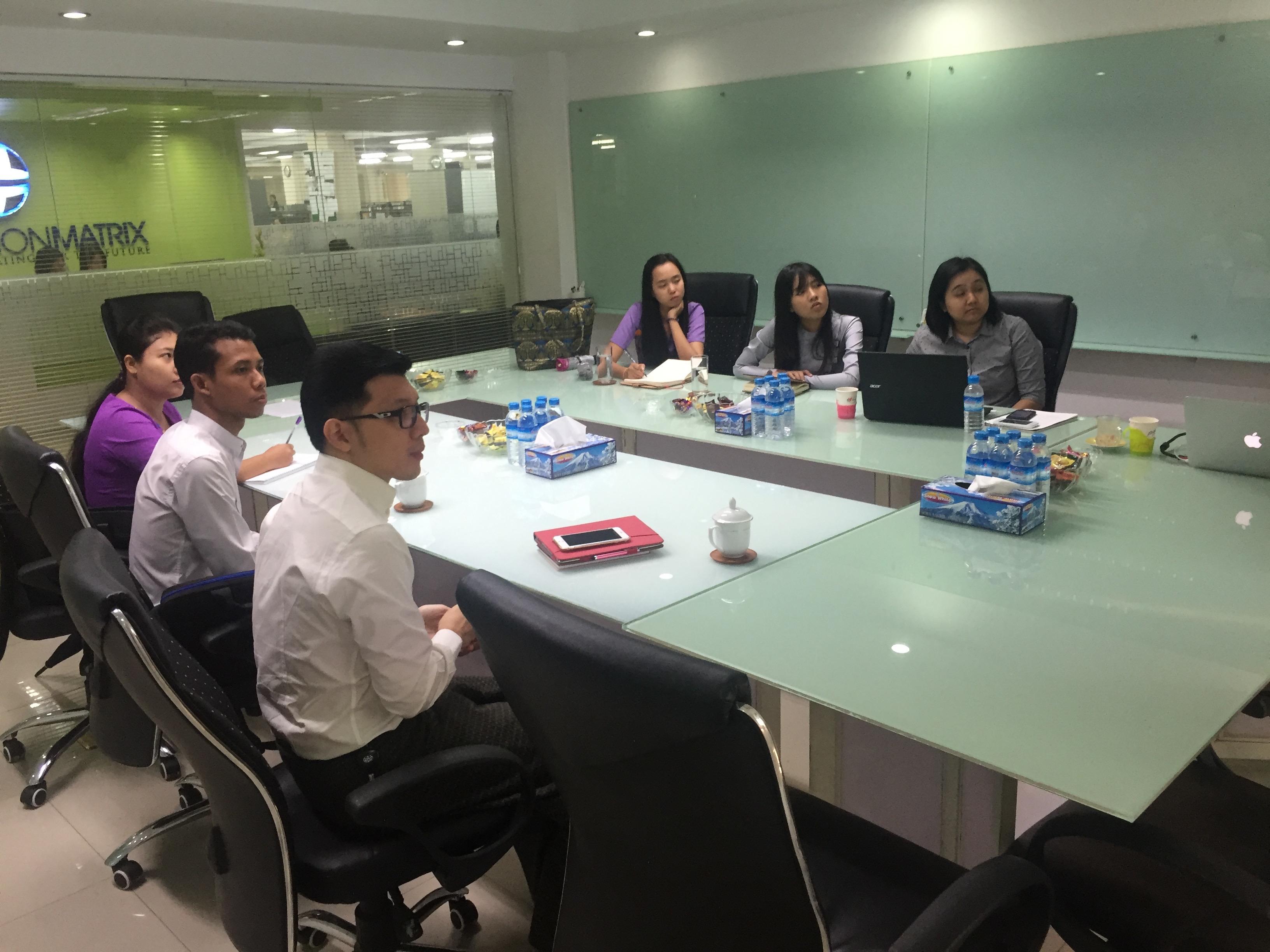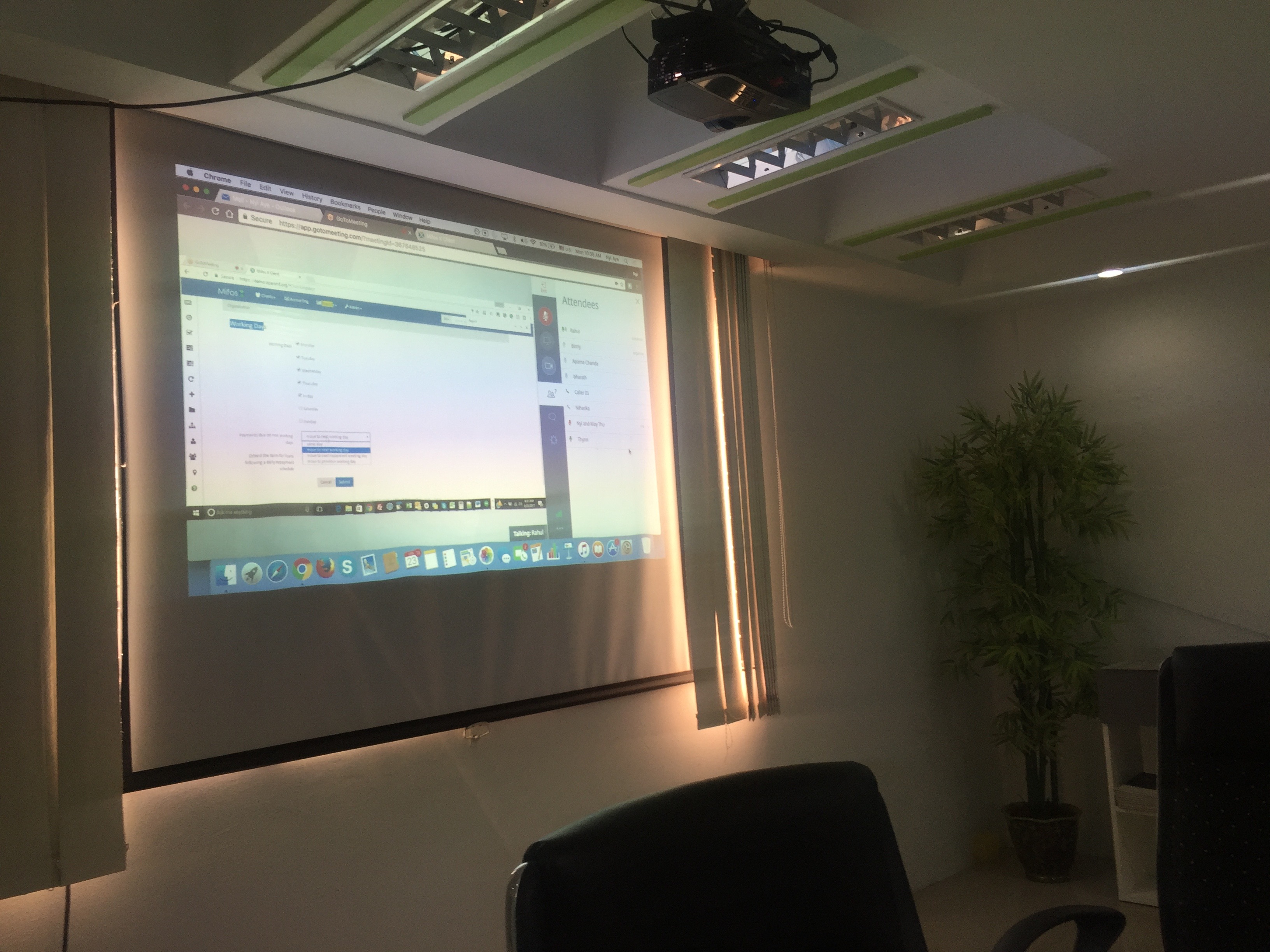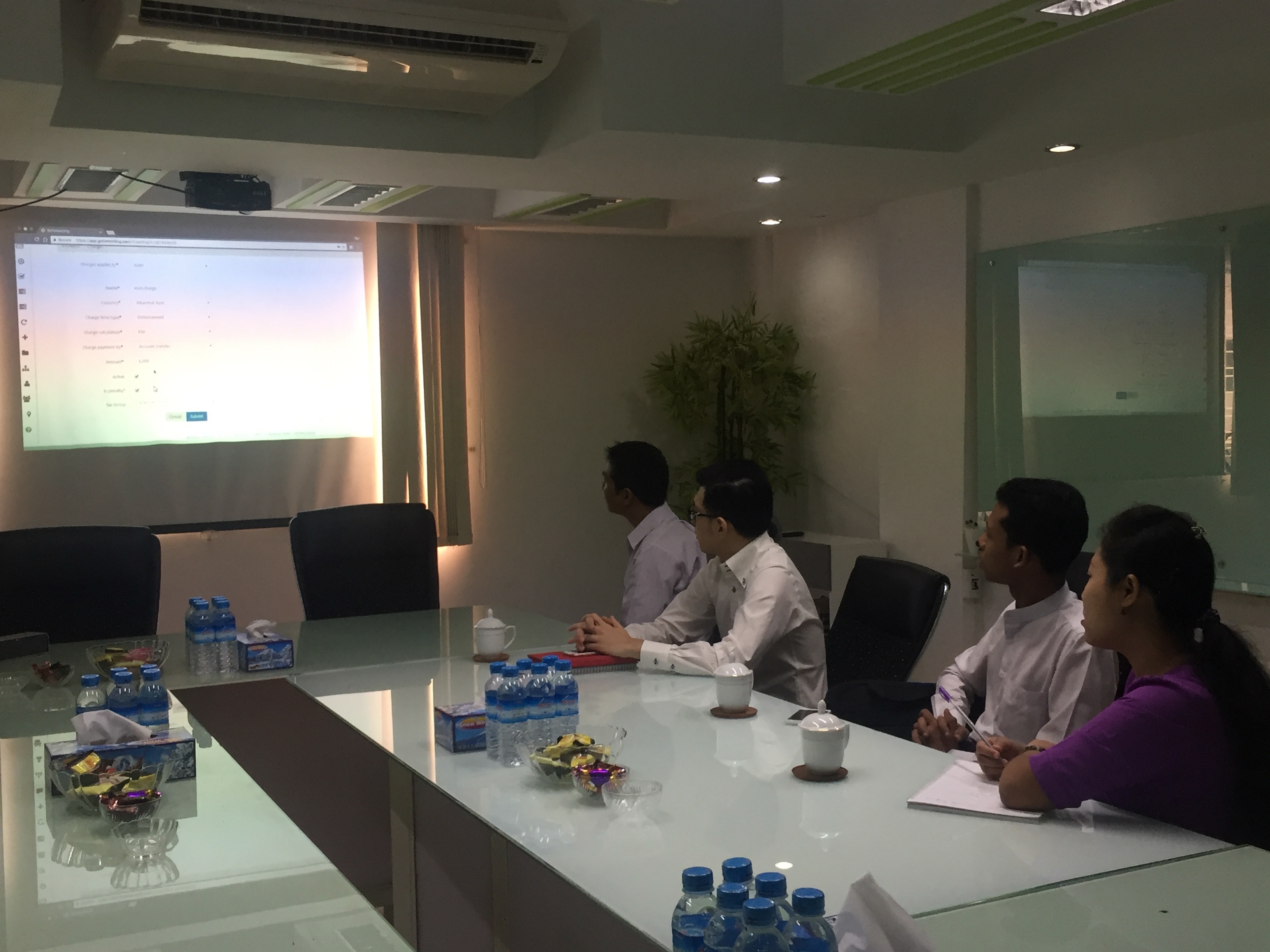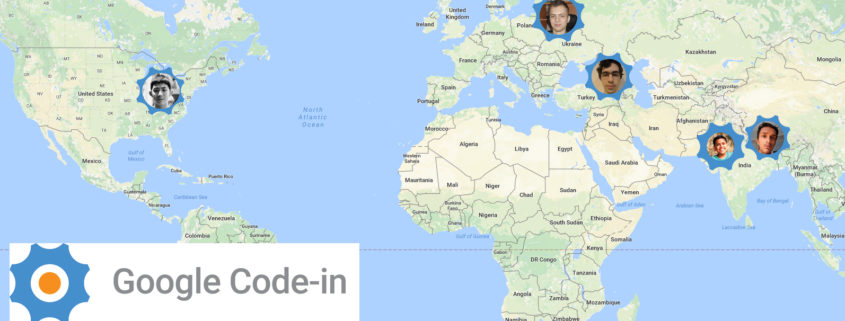We had the honor of participating in Google Code-In for the second time this year. Google Code-In is Google’s program to introduce pre-university students to the world of open-source by working on a range of bite-sized (3-5 hour-long) tasks including coding, outreach/research, documentation/training, user interface, and quality assurance.
In this year’s program, 1,340 students from 62 countries completed 6,418 tasks mentored by 17 different open source organizations. We worked with 34 students who completed 159 tasks. Participation was a bit lower than during our first year in 2014 but we still received many valuable contributions and most importantly made a lasting impact on students by showing them what it’s like to work on an open source project. Read on to learn more about our five finalists and their GCI experiences.
Coding contributions included enhancements and bug fixes to both our Mifos X web app and Mifos Android Field Officer app. For our documentation, students helped to create training slides, record video tutorials, improve technical docs on our wiki, and update screenshots throughout our user manuals. As we push further into new geographies and pioneer new fintech innovation, the dozens of country market research briefs on financial inclusion and fintech will be immensely valuable. Students even got to try their hand at design by creating wireframes and mockups for our website and mobile self-service app.
Thank you to all the students who participated, thank you to the Google Open Source Programs staff for administering the program and thank you to all our mentors including several new community members. Our mentors this year were Shreyank, Gaurav, Rajan, Prathmesh, Adi, Nikhil, Nayan, Tarun, Mayank, Mohit, Nazeer, Santosh, Simmi, Daniel, and Saransh. Tarun, Mayank, and Rajan were an especially big help with the mobile development tasks we had available.
Read on below for a brief glimpse into our 5 finalists. Our 2 grand prize winners will be going to the Google campus along with their parents for four days in June. They will be joined by one of our mentors. So stay tuned later this summer for a recap of this fun event and amazing rewards for all these students.
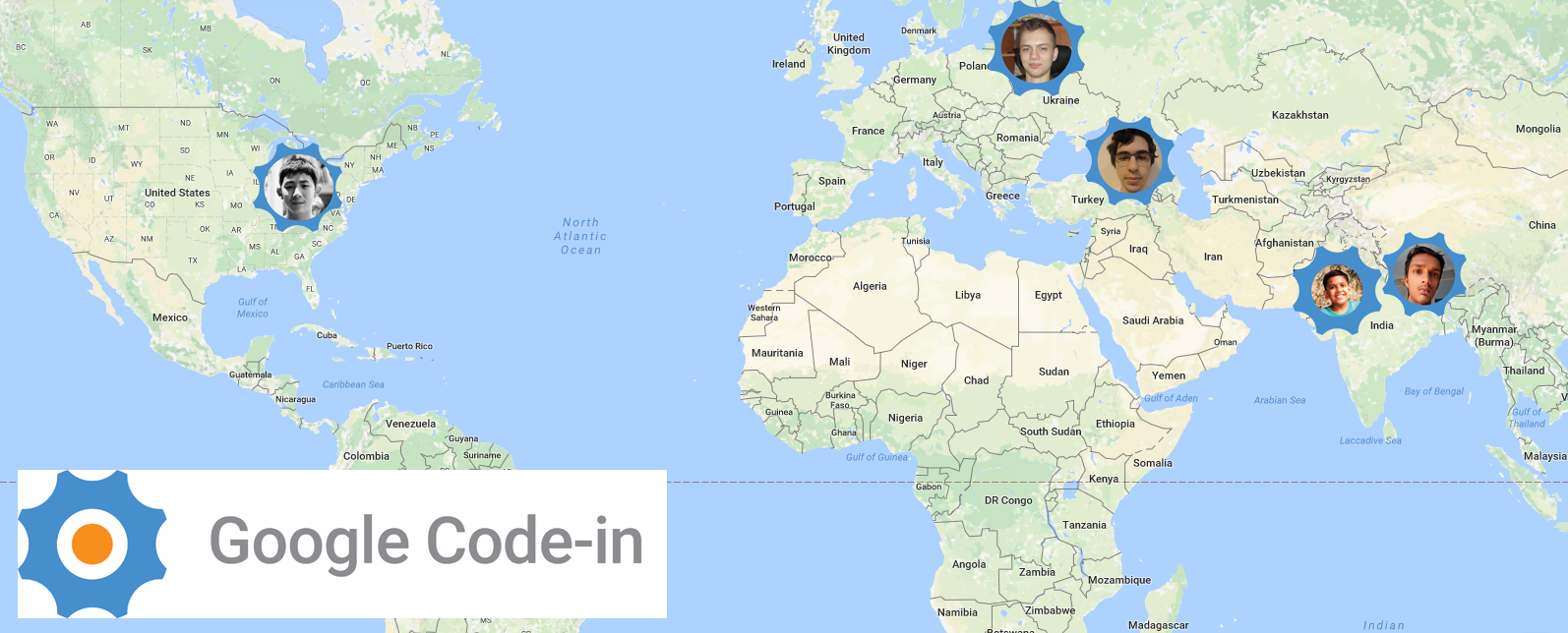
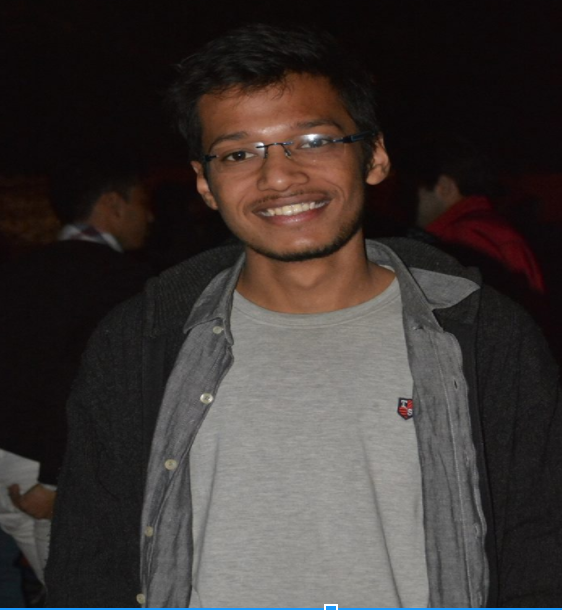 We’re recognizing Mohit Kumar Bajoria of Jammu, India. Mohit has been a member of our community since he joined us a GSOC intern in March of 2016 and worked on adding browser-based offline access to the Community App underneath the mentorship of Gaurav. Since then he’s continued to excel and be an active part of the community first by acting as a GCI mentor and now by taking the initiative to fix the remaining bugs in the re-skin so it can be shipped to the community. These past couple of weeks, Mohit has really demonstrated his leadership by stepping up to become maintainer of the re-skin branch all on his own doing – he’s been mentoring other contributors, squashing lots of bugs, and reviewing and merging incoming pull requests. This call to leadership has been opportune as we seek empowered individuals from the community to stabilize and maintain Generation 2 as we transition to Generation 3.
We’re recognizing Mohit Kumar Bajoria of Jammu, India. Mohit has been a member of our community since he joined us a GSOC intern in March of 2016 and worked on adding browser-based offline access to the Community App underneath the mentorship of Gaurav. Since then he’s continued to excel and be an active part of the community first by acting as a GCI mentor and now by taking the initiative to fix the remaining bugs in the re-skin so it can be shipped to the community. These past couple of weeks, Mohit has really demonstrated his leadership by stepping up to become maintainer of the re-skin branch all on his own doing – he’s been mentoring other contributors, squashing lots of bugs, and reviewing and merging incoming pull requests. This call to leadership has been opportune as we seek empowered individuals from the community to stabilize and maintain Generation 2 as we transition to Generation 3. 
